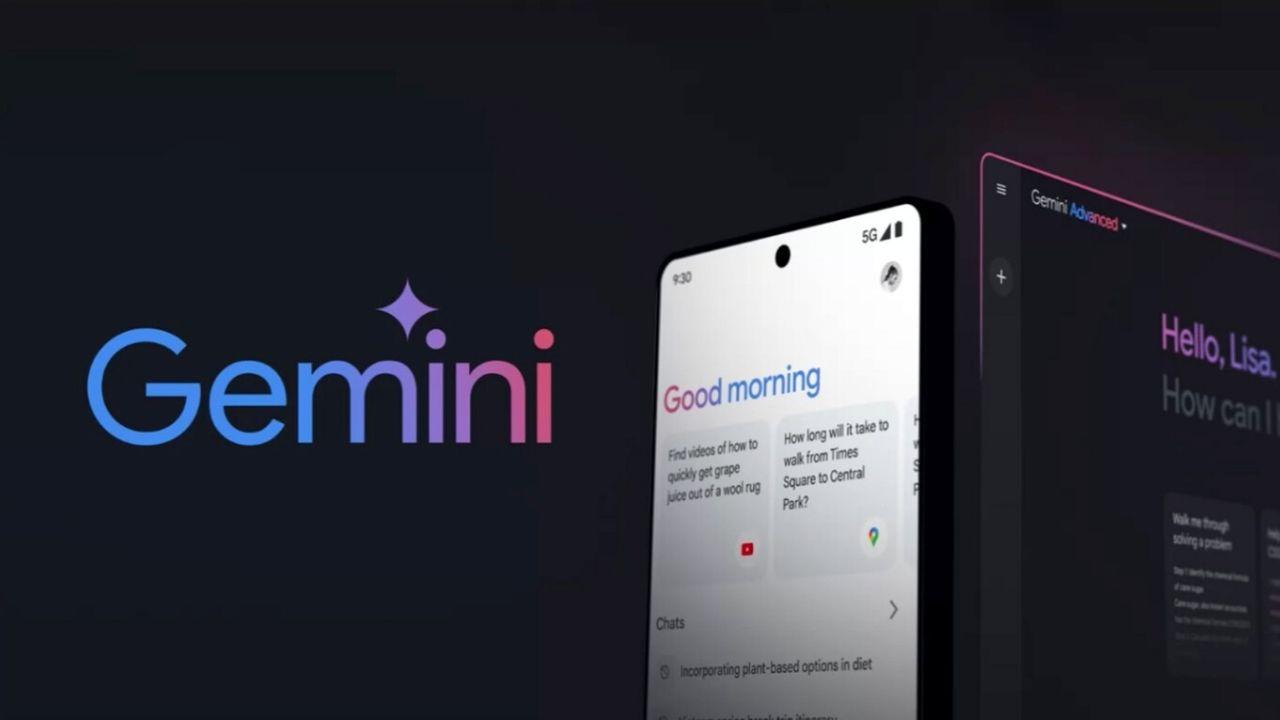As part of the Secure Future Initiative security initiative, Microsoft has announced a series of important changes to the Outlook environment. Some are going to arrive with a bang, as is the case with the loss of Gmail support in the web version of Outlook, as well as the definitive abandonment of the classic identification method with only a username and password. In contrast to this, Outlook’s overall security will be solidly strengthened.
Outlook email users should prepare themselves, as curves are coming. The company has revealed the next news that awaits us and there are some changes that are drastic. We have already mentioned some of them, but they are not the only ones. In general, Microsoft looks to a future in which Outlook is a tool that provides better performance and more security.
Goodbye to Gmail support and other apps
Luckily, only in the web version, which is accessible from Outlook.com. Other versions of the program, such as the desktop version for Windows or Mac computers, will be able to continue using Gmail without problems. This support will officially end on June 30 of this year, so there are only a few days left for those who depend on it to look for an alternative.
Additionally, starting December 31, the Mail and Calendar app will no longer be available in the Microsoft Store app store. It seems that users will be able to continue using them, but they will no longer receive support, which means exposing themselves to performance and security problems. Instead of this tool, Microsoft recommends you start using Outlook for Windows, where these features and other notable improvements are available.

Luckily, moving from Mail and Calendar to Outlook for Windows will not be complicated, since Microsoft has designed a “switch to Outlook” button so that any user can do it with maximum simplicity. This way you can enjoy better security, more intuitive use and other interesting features to take into account.
Along with this, Microsoft also reports the end of Outlook Web App Light, the light version of the program that will no longer be available as of August 19. Although this light version of the application had been very popular among users with low-performance computers, the company says that it has become obsolete and that, at this time, it does not meet the necessary quality standards. Therefore, they believe that it is best to remove it so that no incident occurs.
And the last thing that Microsoft warns that will no longer be available are the Cortana functions. As Microsoft’s assistant has now become obsolete and deprecated, it was logical that the features that were available in the mobile version of Outlook were going to disappear. In any case, it will not mean a drastic or dramatic change for users.
Change in identification system
While everything said above is important, it still seems more important to us to discover that, starting September 16, Microsoft will put an end to classic access only with username and password as an identification method. The company insists that this is an insecure identification system because it transmits credentials in a way that cybercriminals can intercept them.
In addition, they have seen that, in recent times, the number of attacks and password thefts that occur is increasingly common. Due to this, they have had to act and make this change by which the traditional method will no longer be used, but rather users will take advantage of a more modern MFA (Multi-Factor Authentication) type system based on the use of token.
As Microsoft advances, changing the username and password with the introduction of the token will mean an important modification for some users. For example, those who are using applications that have not been updated with the ability to use the new identification system will have to update and opt for one of the modern versions of Outlook.

This will include those people who use Outlook.com, Live.com, or Hotmail.com in their old applications. From September 16, they will only be able to switch to a more modern app if they want to continue using access to their email. Of course, the options are multiple, since along with Outlook or Outlook for Windows, it is also possible to use the current versions of other email programs, from Apple Mail to Thunderbird, among others.
Although all of these changes may sound a bit drastic in terms of the way we use Outlook, the truth is that it can be said that Microsoft has established a good roadmap for making the move to the new applications. Furthermore, statistically, email use is not at such high levels as in the past, so it is most likely that this paradigm shift will not be a major problem. However, this does not mean that abandoning classic access with just a username and password is not going to be something that does not have a special impact on us.












